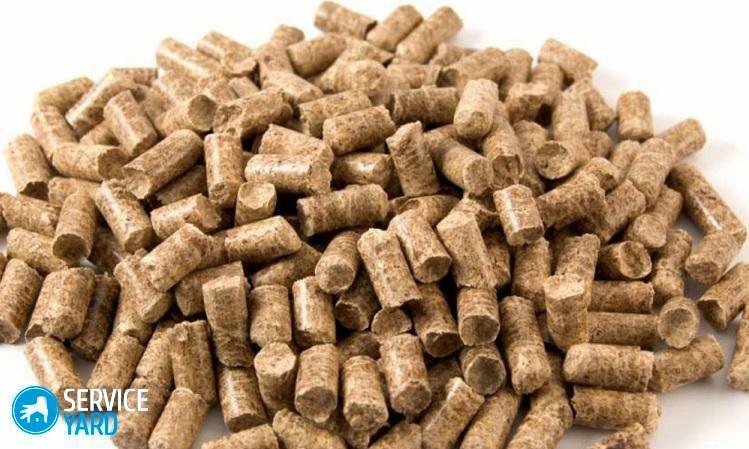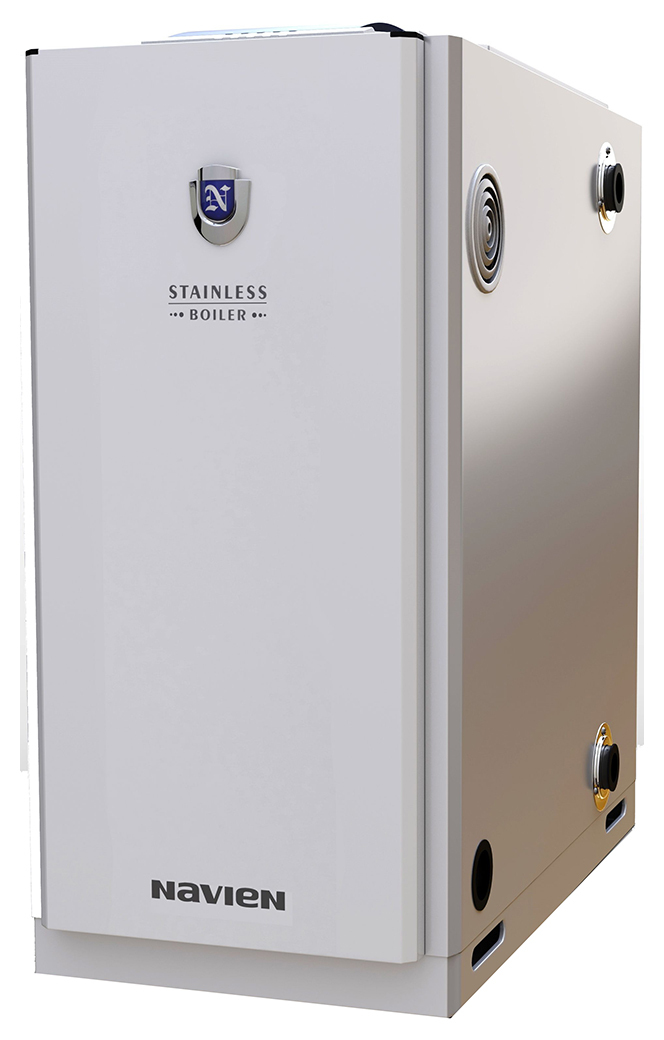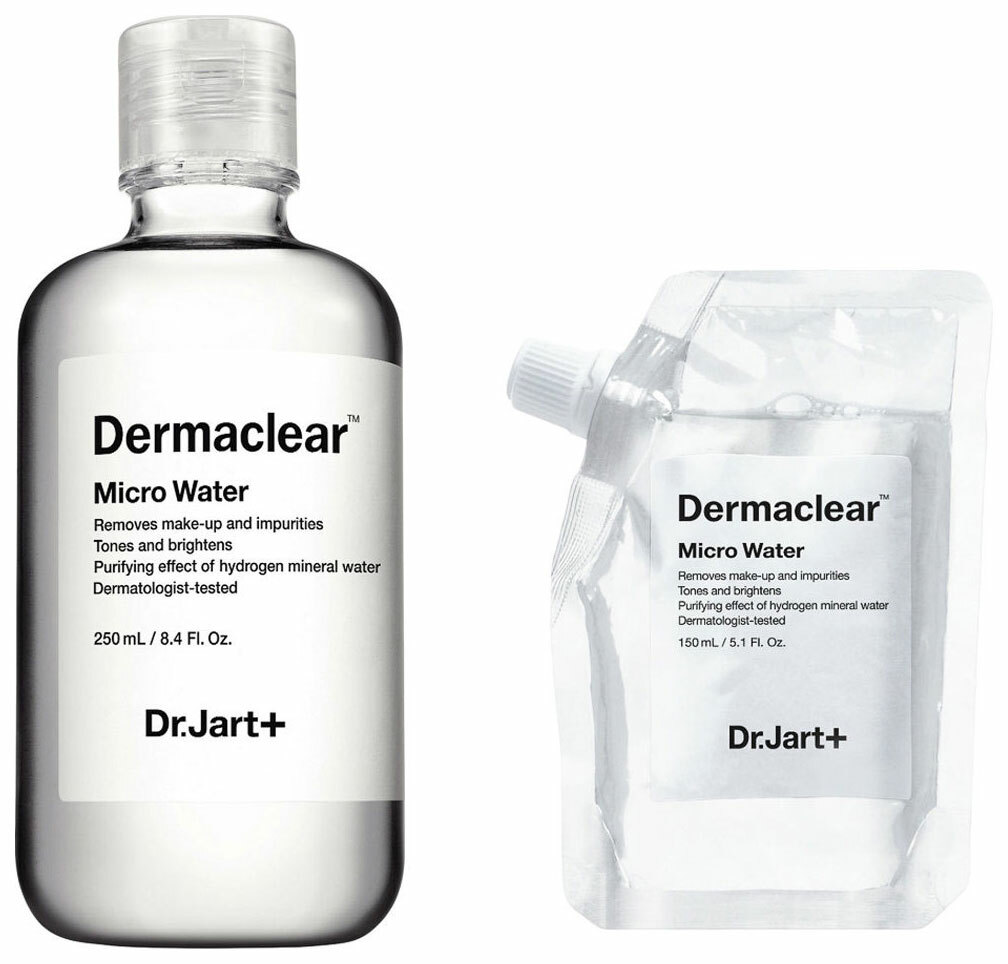
- Classification
- How to dispose of the filler, or what kind of feline filler can be washed into the toilet bowl?
The problem of utilization of the filler for the cat's "gallune" is a real headache for the owners of baleen-striped pets. Naturally, the most convenient option is to wash the used material in the toilet bowl than to pack it in a bag and then discard it. Some manufacturers of such products indicate that the filler can be disposed of by draining the sewers. However, in fact, the picture is far from so rosy. If you throw out a large amount of any filler in the toilet, it can provoke clogging. It turns out that instead of saving forces and time, we are getting quite a serious problem, the resolution of which will take a lot of nerves. After reading this article, you will find out which filler can be washed in the toilet and whether it should be done in principle.
to the contents ↑Classification of
There is only one correct answer to the question: "Is it possible to flush the cat's filler in the toilet bowl?".It all depends on the material from which the filling is made. As already mentioned, any of its forms can cause disturbances in the patency of the sewer pipes, but some materials transfer the flushing better, while others transfer worse. Let's consider in more detail the most widespread variants.
Wood
Pressed sawdust is used for its production, sometimes with aromatic impregnations. When humidified, the wood is first stratified and then collected by lumps. The advantages of wood fillers include:
- Relatively low price.
- Ecological cleanliness, absence of harmful substances.
- Easy to recycle.
The disadvantages include the need for frequent replacement. If you do not replace the filling of the tray in time, then after 4-5 days you will be bothered by unpleasant "scents" from the cat's tray.
Important! Practice shows that it is better to buy fillers without flavors. The scrap of fruit trees has a natural pleasant smell and well masks the smells of stool. Artificial perfumes - on the contrary, form an intolerably nauseating "ambre" with cat urine. In addition, the smell of citrus frightens off the animal.

Mineral
The basis of the mineral filler is bentonite clay, as well as other substances with good absorbing capacity( vermiculite, zeolite).The mixture, when wet, cools and can be easily removed with a special sovochka.
Important! The main advantage of clay materials is that they not only absorb the liquid well, but also absorb odors.
Silica gel
This is the most modern and practical option, the only drawback of which is the relatively high cost. You can change this consumable once in 2-3 weeks, there is practically no unpleasant smell. But this filler is undesirable to use for kittens, as they gnaw the granules, and this can harm the baby's health.
Paper
Unfortunately, the filler on paper basis is rare in retail. The best here is the Japanese products. It can be found on the websites of special online stores selling Japanese pet products. The disadvantage is one - a high price.
Vegetable
Like paper, vegetable fillings( eg corn) can be disposed of in sewerage. But, unfortunately, this ends their advantages. Further there are continuous minuses:
- The filler is light and therefore it is carried throughout the apartment.
- Poorly neutralizes odors( 2 days - and unbearable stench).
Important! This option can be used if the pet suffers from allergies to all other types of materials.
A separate variety of vegetable fillers - based on soy fiber. Unlike corn, have excellent performance. The disadvantage of the same as of paper products is a high price.
to the contents ↑How to dispose of the filler, or what kind of feline filler can be washed into the toilet bowl?
It all depends on how the material behaves when it comes into contact with water:
- Wood pellets quickly get wet by contact with water. If you wash off a small amount of sawdust pellets in the toilet, no problems will arise. However, the attempt to wash off immediately a large amount of filler, as a rule, results in failure. The water from the tank is clearly not enough to wash away a lot of sawdust. While the water fills the tank, the sawdust has time to compact into a rather weighty cork.
- Mineral filler is knocked down by a dense lump almost instantly. It is for this reason that the contents of the tray must not be washed off in the toilet. An exception to the rule is an attempt to wash off small lumps on the sewer. In this unpleasant consequences can be avoided. If you decide to pour all the filler from the tray immediately into the canalization system, then the jam inside the pipe is guaranteed. And to destroy it will be quite problematic. Thus, the answer to the question: "Is it possible to flush the lump filler into the toilet bowl?" - negative.
- Silica gel is consumed sparingly, it absorbs odors perfectly, but with the disposal of granules in the toilet, problems may arise. When a large amount of material is spilled into the sewer, the substance swells. Clog does not occur in the toilet itself, but in the sewer pipes located below. You can not remove this plug.
- Paper filling is perfectly recyclable in the toilet, it is one of the most environmentally friendly and safe options. This filler for the cat's toilet, washed into the toilet, is a real find for lazy hosts.
Thus, you do not need to create your own difficulties with your own hands. Do not flush into the sewer system of substances not intended for this. Paper and vegetable fillers are exceptions that confirm the rule. The recycling of the filler in a plastic bag for garbage will not take much time, and it is not worth it to take risks.


